Bindery Methods
In-house bindery services means we can handle your entire project from start-to-finish without the need for outsourcing to another vendor or obtaining specialized equipment to complete part of the project. Our bindery department has over forty years of experience, providing specialized services like die cutting, perfect binding, coil & wire-o binding, saddle stitching, perforating, round cornering and more.
There are a variety of binding methods can can be used for combining separate pages into a finished document. The type of binding may be limited by the paper size and number of pages to be bound.
Here are some of the more popular binding methods used in the printing industry.
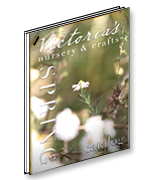 Corner Staple Binding The most economical binding method, a staple is used in the corner to attached pages together. | 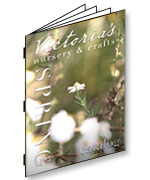 Saddle Stitch Binding This inexpensive method binds pages using two or more staples placed along a folded edge. Suitable for 60 pages or less, there is no printable spine with this option. | 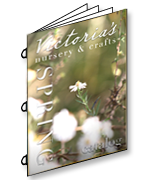 Saddle Loop Binding Similar to saddle stitching, except the loops extend out from the spine staples. The loops allow the bound pages to be placed into ring binders. |
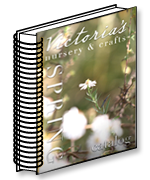 Coil/ Continuous Loop Binding A round plastic or metal coil is wound through the pages to hold them together. Pages bound this way can be opened 360 degrees and can remain flat when open. Available in black (standard ) and other colors including PMS. | 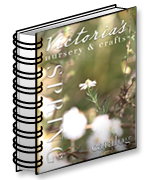 Wire-O Binding Also known as twin-loop binding or double-loop binding. A wire is threaded through small holes in the edge of the paper. The result is very similar in look and function to coil binding. A variety of colors are available. |  GBC This inexpensive method well uses a plastic "comb" that wraps through rectangular holes in the edge of the pages. The plastic comb also form a spine that covers the edge of the pages. |
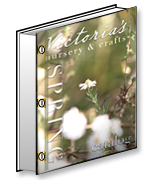 Post Binding Metal screw-together posts are inserted into holes drill through the stack of paper. holding them together. | 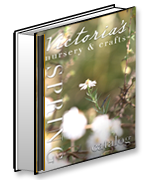 Velo Binding Thin strips of plastic are permanently locked together through holes in the front and back of the pages. Velo bound pages do not lie flat and have an exposed, unprintable spine. A variety of colors are available. | 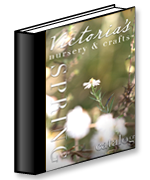 Tape Binding A strip of tape is applied to the spine of a stack of pages, overlapping the bound edge. The pages are often stitched together before the tape is applied. Limited color range. |
 Fastbind Binding Pages are pressed into an adhesive-coated cloth strip that wraps around the spine and covers. Similar to tape binding, the binding is flexible and durable. A variety of cloth colors are available. |  Perfect Binding A paper cover wraps around the pages and glued to the spine. The cover forms the front, spine and back. Popular for paperback and softcover books, this method results in a professional appearance. Suitable for most book types and sizes. | 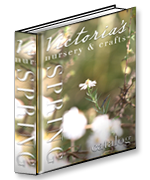 Case Binding Also known as hard cover binding, case binding cover materials can be paper, vinyl, cloth, or leather. A loose, paper dust jacket often wrapped around the cover to protect it. |
Paper Folding Methods
Frequently Asked Question: What are the different types of paper folding methods?
We look forward to earning your business every day.